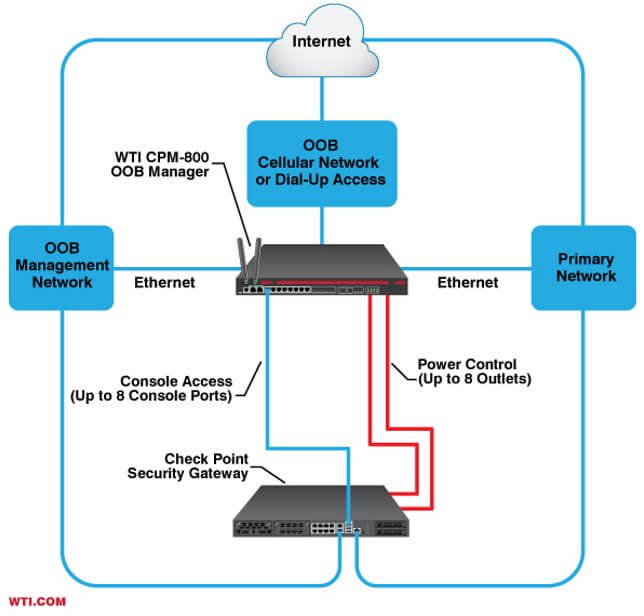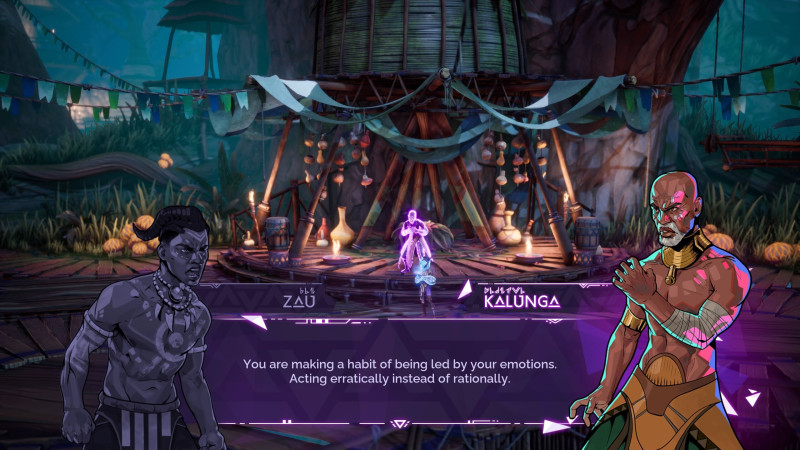Embracer Group, the company that recently sold Star Wars: Knights of the Old Republic remake developer Saber Interactive for $500 million, has announced its plans to split into three individual, publicly traded companies. As such, Embracer Group as we know it will be no more; instead, it will largely consist of Asmodee, Coffee Stain & Friends, and Middle-earth Enterprises & Friends.
Each of these companies will be run individually and traded publicly in the market, with IP and franchises under the Embracer Group umbrella spread across them. This separation follows a rocky period for Embracer Group, which is behind layoffs at companies like Black Forest Games and Eidos-Montréal after a planned $2 billion deal with Saudi Arabia-backed Savvy Games Group fell through in 2023.
[embedded content]
“During the past years, the Group has made significant investments in acquisitions and into a strategy of accelerated organic growth. To further realize the untapped potential in Embracer Group and better optimize the use of its resources, Embracer Group announced a restructuring program in June 2023 divided into different phases lasting until March 2024,” the company writes in a press release. “Focus of the program has been cost savings, capital allocation, efficiency and consolidation, while also divesting selected studios.
Following a careful and thorough review, it is the assessment of the Board of Directors that the current Group structure does not create optimal conditions for future value creation both for Embracer Group’s shareholders and other stakeholders. To continue the transformation of Embracer Group into the future for the benefit of all employees, gamers and shareholders, the Board of Directors and the executive management have therefore decided to propose a separation of Embracer Group, creating three separate publicly listed entities: ‘Asmodee,’ ‘Coffee Stain & Friends,’ and ‘Middle-earth Enterprises & Friends.'”
Embracer Group says each of these entities will have its own balance sheet, financial targets and structure, and allocation strategy. In short, each of these companies will be essentially independent of each other, even if they’re formed from the same umbrella.
Middle-earth Enterprises & Friends
[embedded content]
After this new split, Middle-earth Enterprises & Friends is “intended to remain a creative powerhouse in AAA game development and publishing for PC/console,” a press release reads. It will remain the stewards of The Lord of the Rings and Tomb Raider IPs, with its main focus being the former.
It will consist of studios like Crystal Dynamics, Dambuster Studios, Eidos-Montréal, Flying Wild Hog Studios, Tripwire, Vertigo Games, Warhorse Studios, 4A Games, and more, with IPs including Dead Island, Killing Floor, Kingdom Come: Deliverance, The Lord of the Rings, Metro, and Tomb Raider.
Coffee Stain & Friends
[embedded content]
Embracer Group says this company “is intended to consist of leading publishers and developers focused on a variety of games for PC, console, and mobile, including community-driven free-to-play games, LiveOps games, and indie/AA games.” It will operate under two segments, according to the company: Premium and Free-To-Play.
Its “Premium” operations include studios like Coffee Stain, Ghost Ship, Tarsier, Tuxedo Labs, THQ Nordic, and Amplifier Game Invest. Its IPs include Deep Rock Galactic, Goat Simulator, Satisfactory, Wreckfest, Teardown, Valheim, and more than 200 others.
Its “Free-To-Play” operations include studios like Easybrain, Deca, CrazyLabs, and Cryptic, with IPs in its wheelhouse including Soduku.com, Blockudoku, Jigsaw Puzzle, Star Trek Online, D&D Neverwinter Online, and more.
Asmodee
[embedded content]
Asmodee consists of 23 fully owned studios and more than 300 IPs and consists of the tabletop games section of Embracer Group. It will continue focusing on tabletop properties while collaborating in transmedia partnerships for IPs like The Lord of the Rings and others in the Embracer wheelhouse. “As a global leader in board and trading card games, with a proven track-record of profitable growth, Asmodee is well-positioned to build on its strategy and continue to prosper as a standalone entity.”
Its IPs include Ticket to Ride, 7 Wonders, Azul, Catan, Dobble, Exploding Kittens, and other board games based on The Lord of the Rings, Marvel, Game of Thrones, Netflix, Lego, and Star Wars.
“This transformation is an important step in unlocking shareholder value,” chair of the Embracer Group board Kicki Wallje-Lund writes in a press release. “With this new structure, the three entities will be able to focus on executing their core strategies and leveraging their own strengths, providing more differentiated and distinct equity stories to both existing and new shareholders.”
Embracer Group co-founder and CEO Lars Wingefors adds, “This is the start of a new chapter, a chapter that I intend to remain part of as an active, committed, and supportive shareholder of all three new entities, with an evergreen horizon. This move toward three independent companies reinforces Embracer’s vision of backing entrepreneurs and creators with a long-term mindset, allowing them to continue to deliver unforgettable experiences for gamers and fans across the globe.”
Middle-earth Enterprises & Friends will remain within the current publicly listed Embracer Group, which itself will eventually be renamed. Asmodee and Coffee Stain & Friends will hit the market as separate companies within 12 months, during the 2025 calendar year.
How do you feel about this split in Embracer Group? Let us know in the comments below!













